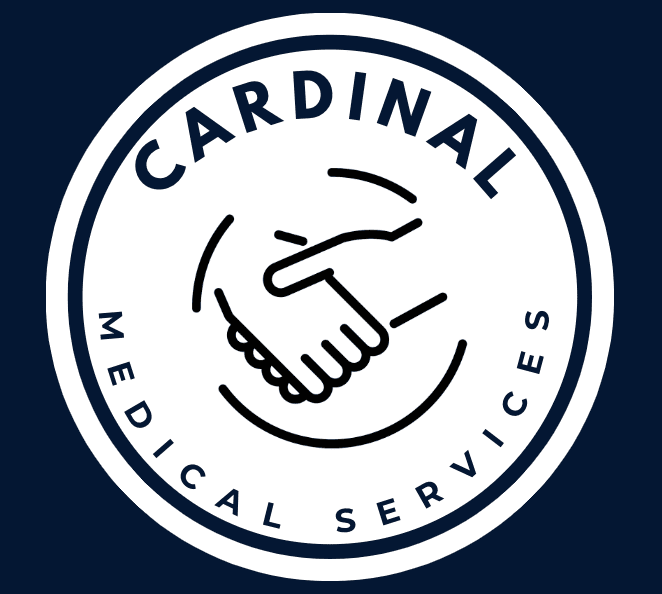

Tim Lawler, DO, MPH, FIG LCP-C, CHLCP
Board Certified and Actively Practicing Occupational and Environmental Medicine Physician, Life Care Planner - Certified, and Medical-Legal Consultant.
Training:
Internship - Naval Medical Center San Diego
Residency - University of Pennsylvania
Years of Practice:
17+ years
Certifications:
What I Can Do For You
Case Review and Guidance
Not sure if a case is too complicated or worthwhile to hire a medical-legal consultant? I am happy to review and let you know if your case is something we an assist you with. My team and I have experience with a vast variety of cases and medical-legal issues, so give me a text or call.
Life Care Planning
Offer both catastrophic, and non-catastrophic, Life Care Planning services. Many believe Life Care Plans are only for major injury cases, with smaller, "every day injury" cases being ignored. We do them all, so give me a text or call to discuss.
Expert Medical Witness
As a Board Certified Occupational Medicine physician, I have treated thousands of patients in my career spanning over 15 years, and I still have an active practice. Besides being an Expert Medical Witness as a Life Care Planner, I also can assist with Occupational Medicine cases as well. Feel free to reach out.





